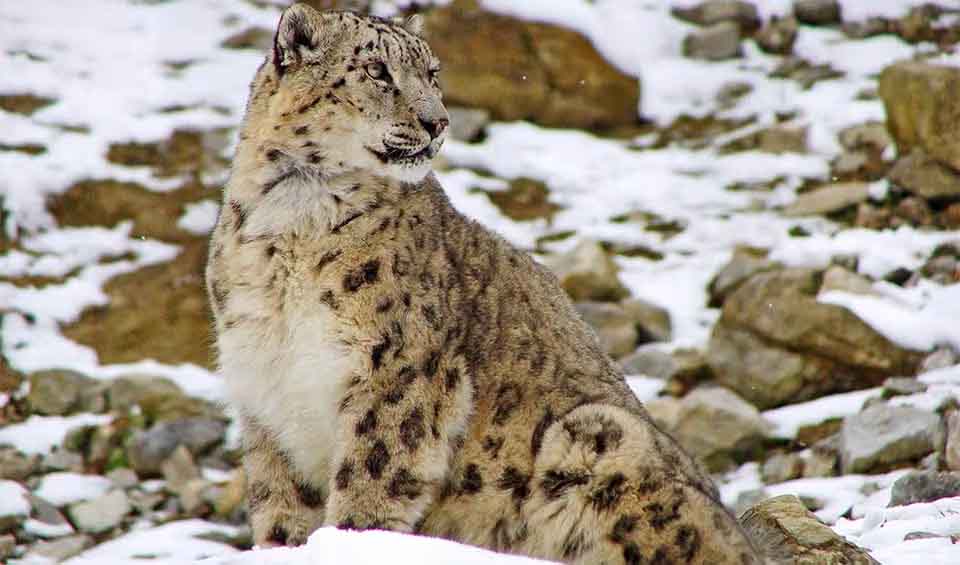Nepal is a landlocked nation in South Asia, situated along the southern slopes of the Himalayan mountain ranges. China borders it to the north and India to the east, south, and west. Covering an area of approximately 147,516 km² (56,956 mi²), Nepal is the world’s 93rd largest country by land area. The climate in Nepal varies significantly due to its diverse topography and altitude, ranging from subtropical conditions in the southern Terai plains to alpine climates in the northern Himalayan regions. The country experiences five distinct seasons: spring, summer, monsoon, autumn, and winter. The monsoon season, from June to September, brings heavy rainfall, especially in the southern regions.
Nepal’s topography is remarkably diverse within a small area and is divided into three principal physiographic belts: Himal, Pahad, and Terai. The Himal region in the north contains snow-covered high mountain ranges, including Mount Everest, the world’s highest peak. The Pahad region comprises the mid-hills, which feature mountainous terrain without snow and are inhabited by various indigenous ethnic groups. The Terai region in the south is part of the Indo-Gangetic Plain, characterized by hill ranges and fertile plains suitable for agriculture. The country’s elevation ranges from less than 100 meters in the Terai to over 8,848 meters (29,029 feet) at the summit of Mount Everest, resulting in a wide array of biomes, from tropical savannas to perpetual snow.
Four pillars elaborated:
Nepal, one of the world’s poorest and least developed countries, has around a quarter of its population living below the poverty line. Agriculture is the backbone of its economy, engaging nearly two-thirds of the population but contributing only a third of GDP. Remittances are crucial, constituting about 30% of GDP. Despite the critical role of biodiversity and ecosystems in supporting the economy and livelihoods, these natural resources are diminishing rapidly. To counteract this, Nepal has established a robust network of protected areas covering 23.23% of its total land, involving government, NGOs, and community-based organizations in conservation efforts. Land Management
Land Management
Additionally, nearly half of the national forests are managed by community institutions for sustainable use. Agriculture utilizes 21% of the land, and the country also hosts 9 Ramsar wetland sites and 27 Important Bird Areas, indicating a rich avian diversity. Furthermore, Nepal’s conservation strategy includes 20 protected areas and 12 buffer zones across various physiographic regions, including 10 national parks and other reserves.
Biodiversity in Nepal is facing severe threats from a multitude of factors including forest fires, habitat destruction, increasing human population, overharvesting, unmanaged tourism, pollution, overfishing, poaching, and indiscriminate extraction of resources, alongside infrastructure expansion and climate change. In the high Himalayas and mountainous regions, biodiversity risks are compounded by poverty, ecological fragility, environmental instability, and suboptimal natural resource management. Threats to Biodiversity
Threats to Biodiversity
Rangeland ecosystems are particularly stressed due to high grazing pressure and the depletion of palatable species, notably legumes. Agro-biodiversity is declining due to habitat destruction, overgrazing, land fragmentation, agricultural commercialization, excessive pesticide use, and the proliferation of hybrid crops. Wetlands are similarly endangered by encroachment, unsustainable resource harvesting, pollution from industrial and agricultural sources, siltation, and invasive species.
Additionally, socio-economic issues like poverty and population growth, natural disasters such as landslides and floods, and anthropogenic factors including illegal trade and hunting exacerbate the challenges facing biodiversity conservation in Nepal.
Nepal has developed a robust network of protected areas to conserve its diverse biological resources, involving government, NGO, and community efforts. This has led to the creation of Forest User Groups and extensive community involvement in managing over 1.93 million hectares (10,930 km² ) of forest that benefits over 2.56 million households. Conservation efforts extend to the wise and sustainable management of wetlands through the revised National Wetland Policy, and legal protections for various species under the Forest Act and the National Parks and Wildlife Conservation Act. Efforts also include the in situ conservation of genetic resources for crops and livestock, with several tree species and local livestock breeds being preserved and researched. Capacity and Governance
Capacity and Governance
Additional measures include the establishment of a National Biosafety Framework to manage biotechnological impacts and the monitoring of invasive species. Furthermore, air quality monitoring stations have been set up in Kathmandu to track pollution levels, enhancing environmental oversight and public health.
Nepal’s future plans for addressing its biodiversity crisis include enhancing and expanding protected areas, promoting community-based conservation, and integrating biodiversity into economic development strategies. The government aims to bolster climate resilience through ecosystem restoration and update legislative frameworks to better enforce environmental protections. Additionally, Nepal plans to increase investment in biodiversity research and monitoring, strengthen international collaborations, and enhance public education and awareness on environmental issues. These initiatives are designed to foster sustainable practices across agriculture, forestry, and tourism, ultimately supporting both ecological balance and economic growth. Future Trends
Future Trends
Biodiversity
Nepal is renowned for its remarkable biodiversity, which is attributed to its diverse topography and varying climatic zones, ranging from the tropical lowlands of the Terai to the alpine regions of the Himalayas. The country hosts many ecosystems that support a wide variety of flora and fauna. With its lush subtropical forests and grasslands, the Terai region is home to significant wildlife species such as the Bengal tiger, one-horned rhinoceros, and the Asian elephant. National parks like Chitwan and Bardia are critical for conserving these species, offering protected habitats crucial for their survival.The mid-hills and mountainous regions of Nepal further enhance its biodiversity. The temperate and alpine forests of these areas are home to numerous plant species, including rhododendrons, oaks, and pines, as well as diverse wildlife such as the red panda, Himalayan black bear, and various bird species like the Himalayan monal, which is the national bird of Nepal. The high-altitude regions of the Himalayas, including areas around Mount Everest, support unique flora and fauna adapted to extreme conditions, such as the snow leopard, blue sheep, and various endemic plants. Nepal’s commitment to conservation is evident through its extensive network of protected areas covering nearly 23% of the country’s land area.
In the table below are the number of known species in several main groups, how many of these species are Threatened with extinction, and how many of them are Endemic (unique to Nepal only):
| Species (World rank) |
Threatened | % Threatened | Endemic | % Endemic | |
|---|---|---|---|---|---|
| Mammals | 196 (#62) | 29 | 14.8% | 2 | 1.0% |
| Birds | 820 (#26) | 36 | 4.4% | 1 | 0.1% |
| Reptiles | 144 (#67) | 9 | 6.3% | 10 | 6.9% |
| Amphibians | 60 (#51) | 3 | 5.0% | 10 | 16.7% |
| Fishes | 203 (#165) | 13 | 6.4% | 4 | 2.0% |
| Plants | 6,140 (#50) | 18 | 0.3% | 26 | 0.4% |
mammals
Indian rhinoceros
About 65% of the population is confined to Kaziranga NP in Assam, northeastern India; 17% to Chitwan NP in central Nepal
Snow leopard
The vanishing big cat of the cold, rugged Himalaya mountains is being executed by the humans
Asian elephant
Largest land mammal in Asia here!
birds
Great hornbill
They’re amazingly human-friendly — oh, but do we call it a friendship if we cost their population the chance to survive
Asian openbill
Adept hunters of freshwater snails and mollusks, using their specialized bills to extract their prey from their shells
Greater coucal
Sometimes mistaken for a crow because of its size and dark coloration
reptiles
Long-nosed whip snake
Their long noses help them climb trees by giving them extra grip on the branches
Gharial
A truly remarkable crocodilian on which rides the holy river Ganges
Indian roofed turtle
An Asian river turtle with a peculiar shell that sort of looks like a roof
amphibians
Common toad
A warty amphibian with golden eyes
Indian bullfrog
Capable of making long leaps, thanks to their powerful hind legs
Himalayan toad
This toad relies on “saltation” for movement, which means it jumps rather than walks
National Animals
Cattle/cow
A genus of wild and domestic cattle closely related to the genus Bison
Himalayan monal
It’s dazzling plumage has earned it the nickname “nine-colored bird” in some cultures


















